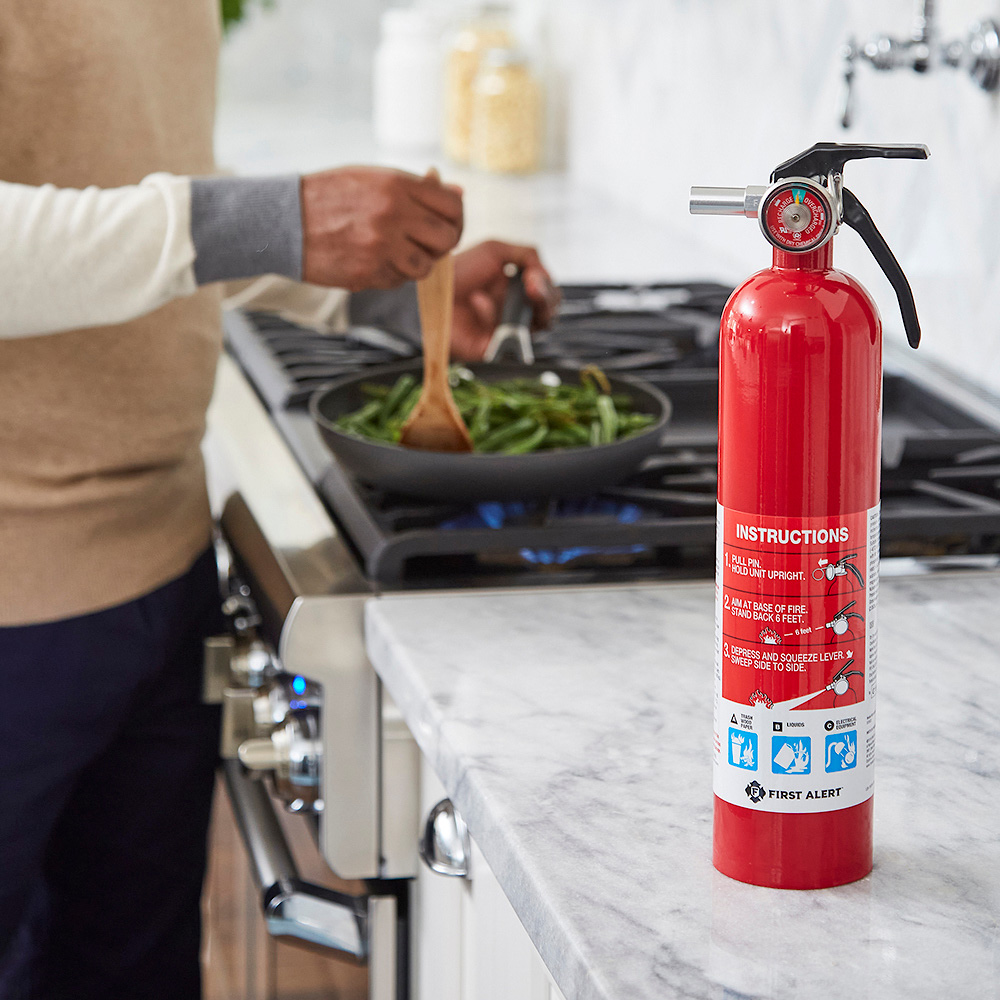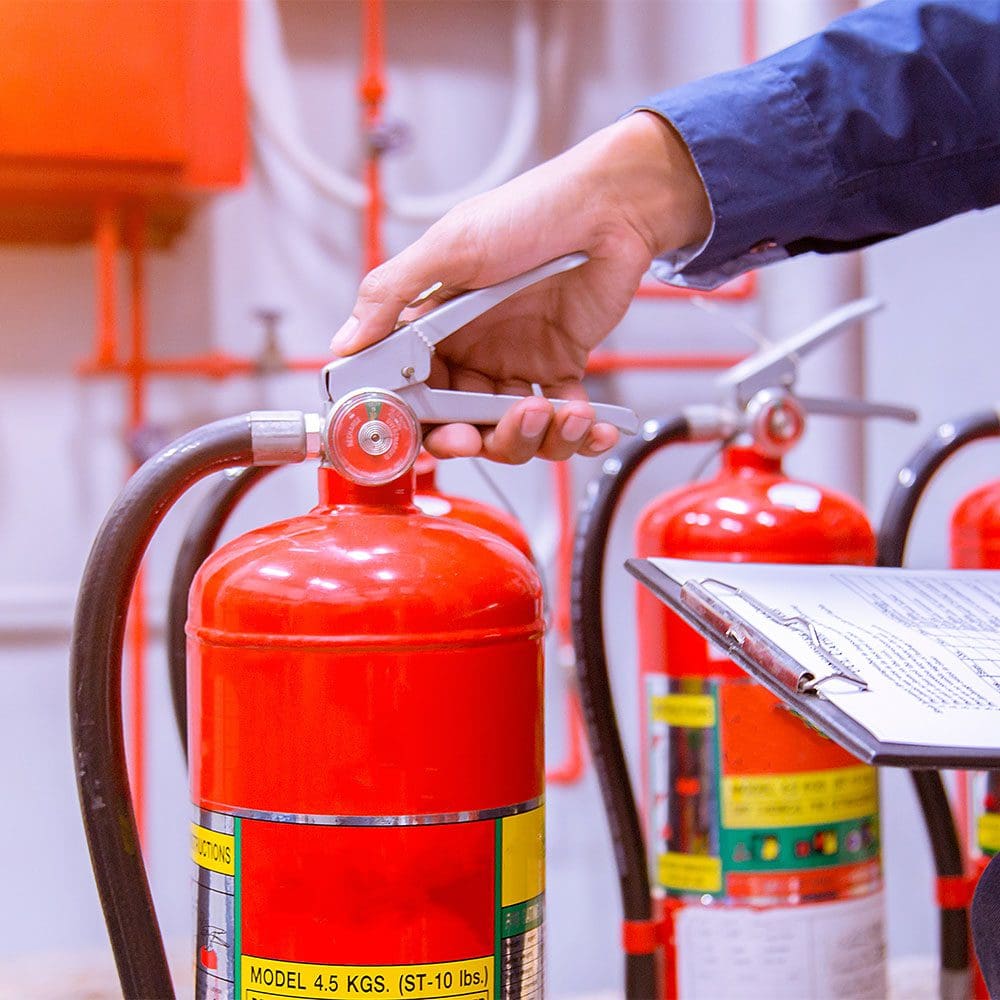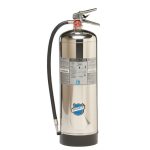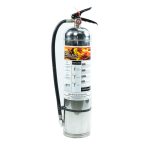I. Importance of Fire Extinguisher Clean Up
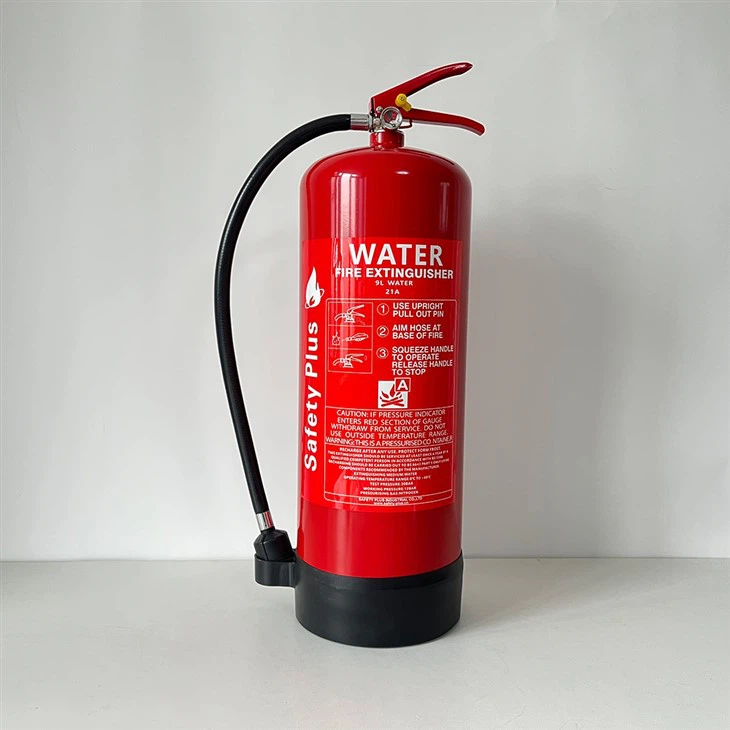
A. Significance of Proper Clean Up
After a fire incident, ensuring that the fire extinguisher clean up is conducted properly is crucial in order to maintain a safe and secure environment. Whether the fire extinguisher was used in a commercial or residential setting, taking the time to thoroughly clean up after its use can make a significant difference in preventing potential hazards and promoting a healthy living or working environment. Proper clean up also ensures that the fire extinguisher maintains its functionality for future use.
B. Prevention of Residual Fire Hazards
Residual fire hazards can linger after a fire incident, especially if the fire extinguisher residue is not handled appropriately. Residual chemicals and extinguishing agents left behind by the fire extinguisher can pose a risk if not properly cleaned up. This can result in potential health hazards, if the residues are not adequately removed. Therefore, conducting a thorough clean up after using a fire extinguisher is essential to prevent any lingering fire hazards and to safeguard the well-being of individuals in the area.
II. Steps for Fire Extinguisher Clean Up
A. Safety Precautions
Before initiating the fire extinguisher clean up process, it is imperative to prioritize safety. This includes wearing appropriate personal protective equipment, ensuring proper ventilation in the area, and assessing any potential risks or hazards that may require professional assistance. Prioritizing safety precautions is crucial to protect individuals from exposure to harmful residues and to minimize any associated health risks during the cleaning process.
B. Removal of Extinguisher Residue
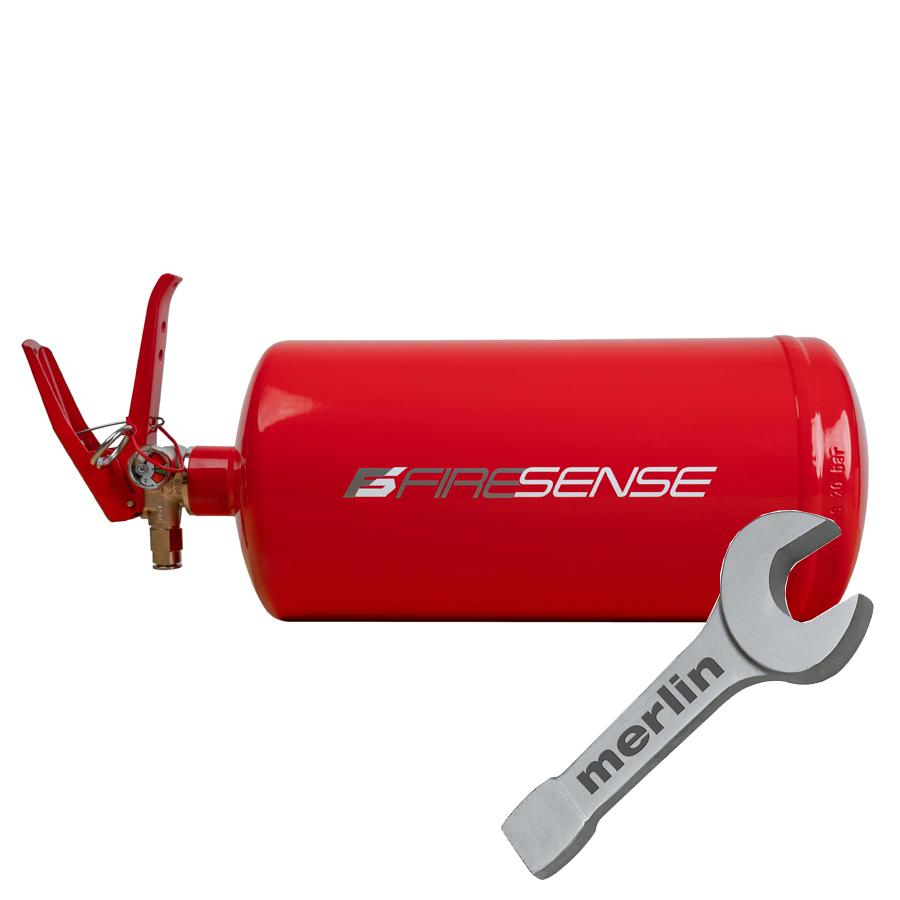
The first step in the clean up process is the removal of the fire extinguisher residue. Different types of fire extinguishers utilize various extinguishing agents such as dry chemicals, foam, water, or carbon dioxide. Each type of residue requires specific cleaning methods for effective removal. Dry chemical residues, for example, can be vacuumed or swept up, while foam and water-based residues may necessitate thorough rinsing and mopping. Care should be taken to ensure that the residue is completely removed from all surfaces and materials in the vicinity of the fire incident.
C. Cleaning and Decontamination
Once the majority of the extinguisher residue has been removed, it is essential to thoroughly clean and decontaminate the affected areas. This involves using appropriate cleaning agents and methods to eliminate any remaining traces of the extinguishing agent. Additionally, surfaces and objects in the vicinity of the fire incident should be meticulously cleaned to prevent any potential corrosion or damage caused by the residue. Decontamination is crucial for ensuring a safe and hazard-free environment after the clean up process.
III. Equipment and Products for Clean Up
When it comes to clean up, having the right equipment and products on hand is essential for getting the job done effectively and efficiently. In this blog post, we will discuss a range of equipment and products that are essential for clean up, including personal protective gear, cleaning agents, and tools.
A. Personal Protective Gear
First and foremost, personal protective gear is crucial when it comes to clean up. This includes items such as gloves, goggles, and face masks, which help to protect individuals from harmful chemicals, toxins, and other hazards that may be present during the clean up process. Gloves are particularly important for protecting the hands from exposure to cleaning agents and other potentially harmful substances, while goggles and face masks help to protect the eyes and respiratory system from airborne particles and fumes. Additionally, wearing appropriate clothing, such as long sleeves and pants, can provide an extra layer of protection against spills and splashes.
B. Cleaning Agents and Tools
In addition to personal protective gear, having the right cleaning agents and tools is essential for effective clean up. There are a wide variety of cleaning agents available, each designed to tackle specific types of messes and surfaces. For example, some cleaning agents are formulated to remove grease and grime from kitchen surfaces. It’s important to choose the right cleaning agents for the job at hand.
In addition to cleaning agents, having the right tools on hand is essential for clean up. This may include items such as sponges for larger surface areas. Having a variety of tools on hand allows for flexibility in tackling different types of messes and surfaces.
IV. Professional Clean Up Services
A. Reasons to Consider Professional Assistance
There are several compelling reasons to consider enlisting professional clean up services following a fire extinguisher discharge. Professional clean up teams are equipped with the expertise, experience, and specialized equipment necessary to manage the aftermath of a fire incident effectively. They possess a thorough understanding of the different types of fire extinguisher residues. And the specific techniques required for their removal. Additionally, professional clean up services can ensure that the clean up process is conducted in compliance with industry standards.
B. Benefits of Hiring Professional Clean Up Services
The benefits of hiring professional clean up services are numerous. Professional clean up teams can expedite the clean up process, minimizing downtime and disruptions in the affected area. Furthermore, their expertise allows for the thorough and comprehensive removal of fire extinguisher residues. Professional clean up services also offer a level of assurance that the clean up process is conducted safely and efficiently. And it allows individuals to focus on other aspects of recovery and restoration following a fire incident. Moreover, by engaging professional clean up services, individuals can benefit from the expertise and guidance of experienced professionals, ensuring that the aftermath of the fire extinguisher use is managed adeptly and with optimal results.
V. Maintenance and Inspection After Clean Up
A. Regular Checks and Inspections
Maintaining a clean and safe environment is an essential part of any responsible business or household. After you’ve thoroughly cleaned up your space, it’s important to continue with regular checks and inspections.
Regular checks should include examining all areas of the space for signs of wear and tear, damage, or potential safety hazards. This includes checking for loose floorboards, steps, or railings, ensuring that all electrical outlets and cords are in good condition. It’s also important to check for any leaks or signs of water damage.
B. Ensuring Fire Extinguisher Readiness
One of the most important aspects of maintenance and inspection after clean up is ensuring that fire extinguishers are in proper working condition and readily accessible. Fire safety is a critical consideration for any space.
To ensure fire extinguisher readiness, regular inspections should be conducted to check for any signs of damage, corrosion, or tampering. It’s also important to verify that the pressure gauge is in the proper range and that the safety pin is intact. Additionally, make sure that the extinguisher is in its designated location and that it’s easily accessible in case of an emergency.
In conclusion, the importance of fire extinguisher clean up cannot be overstated. It is vital to conduct proper clean up to prevent residual fire hazards and promote a safe and healthy environment. By following the necessary steps, prioritizing safety precautions, and utilizing effective cleaning and decontamination methods, individuals can ensure that the aftermath of a fire incident is managed effectively and without any lingering risks. Proper fire extinguisher clean up not only mitigates potential hazards but also contributes to the overall safety and well-being of the affected area and its occupants.
